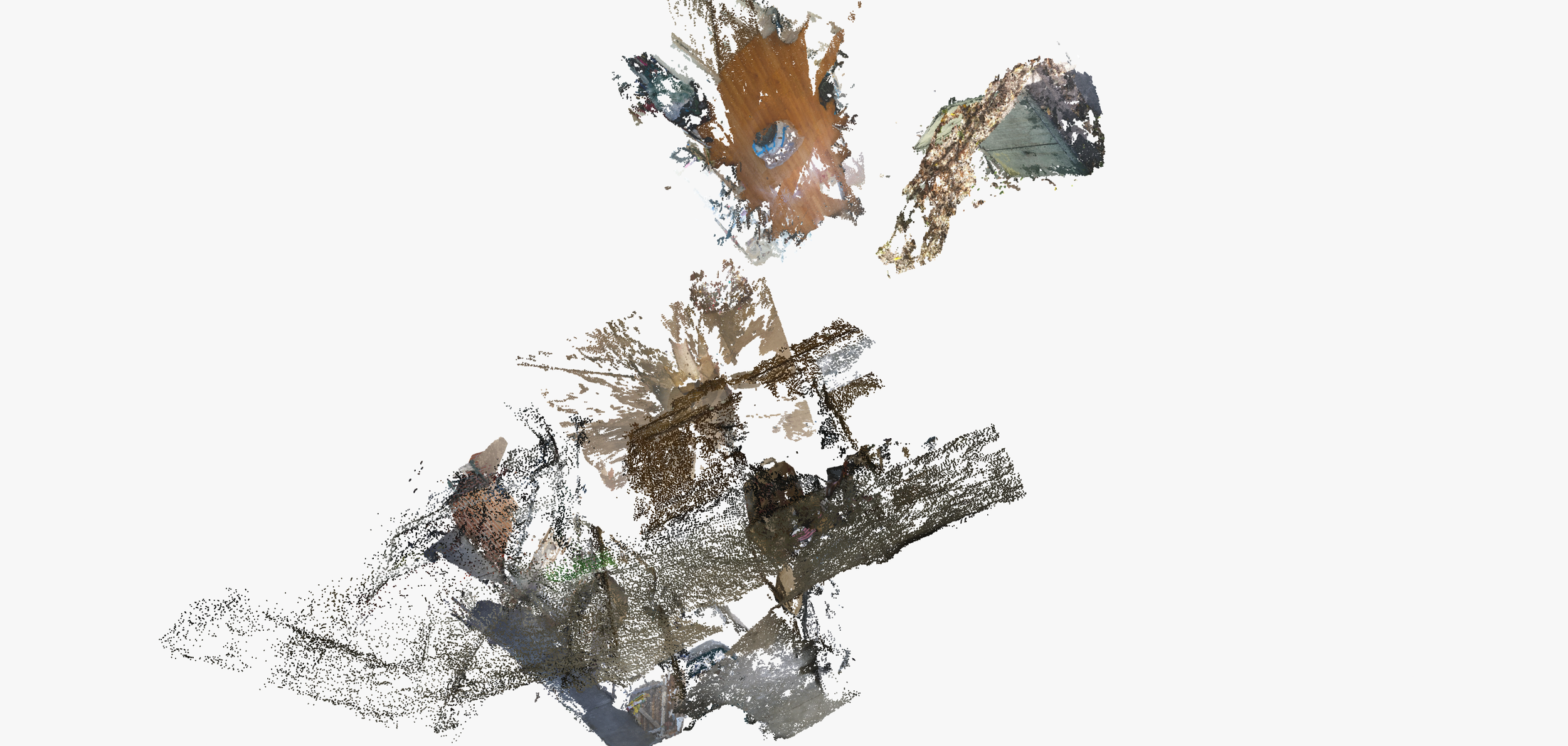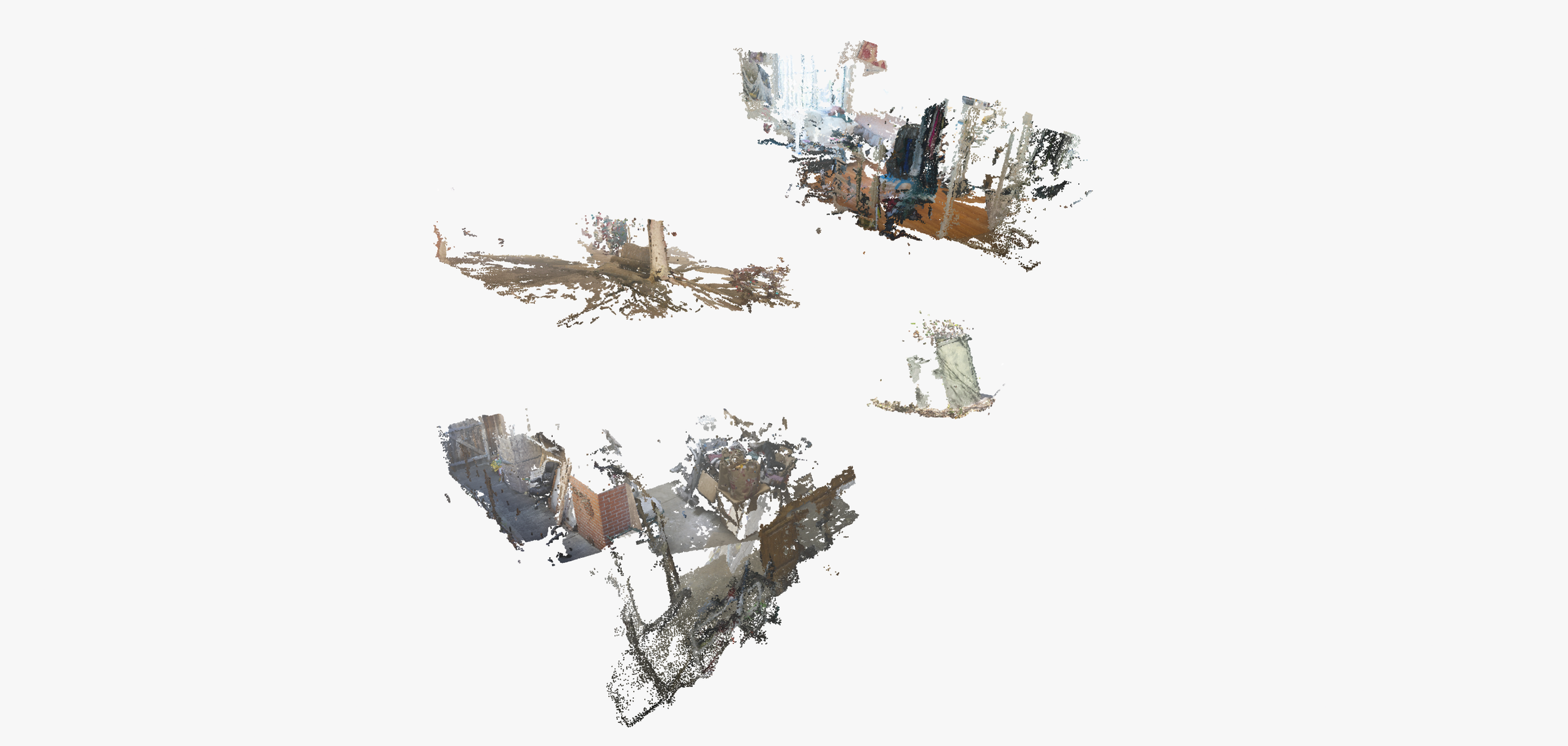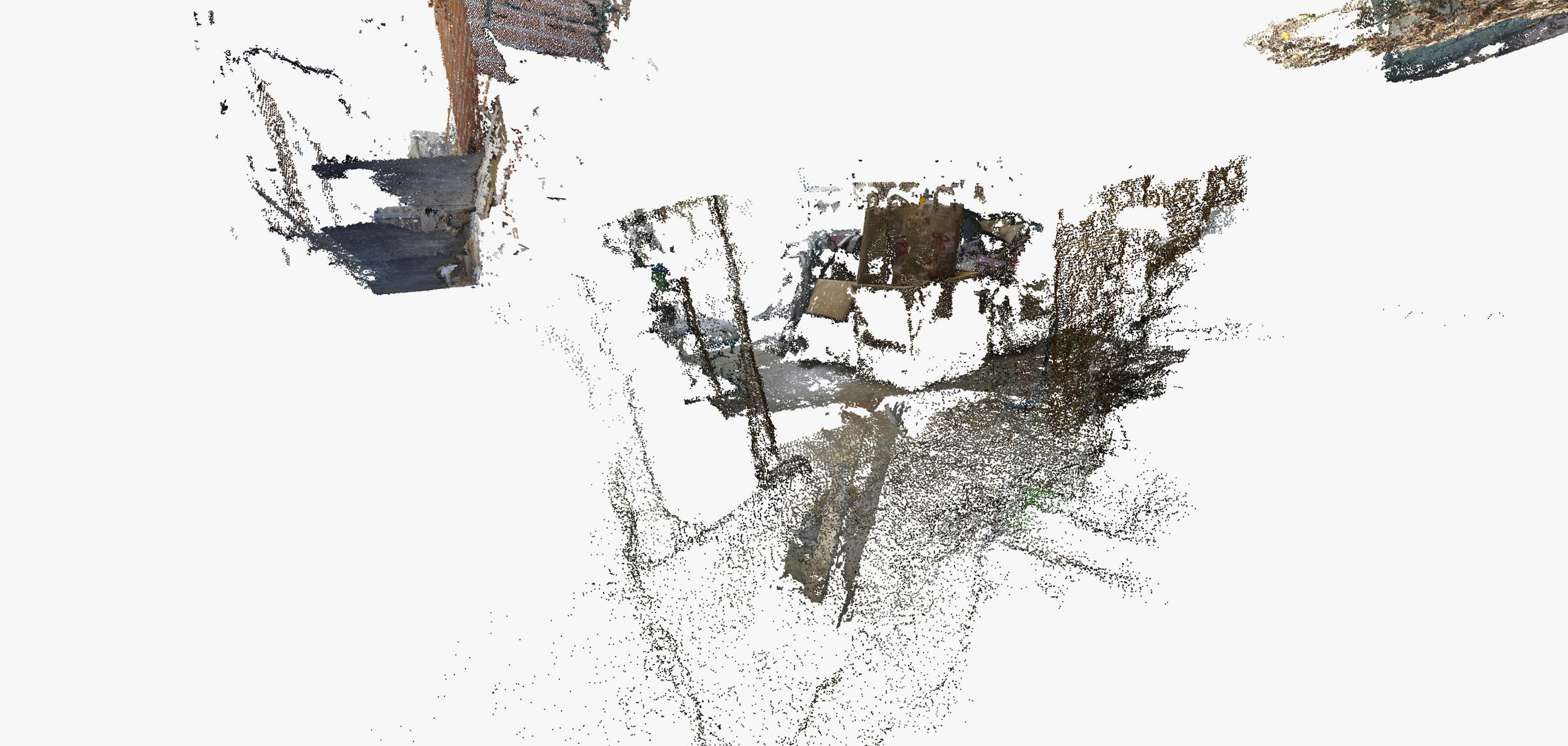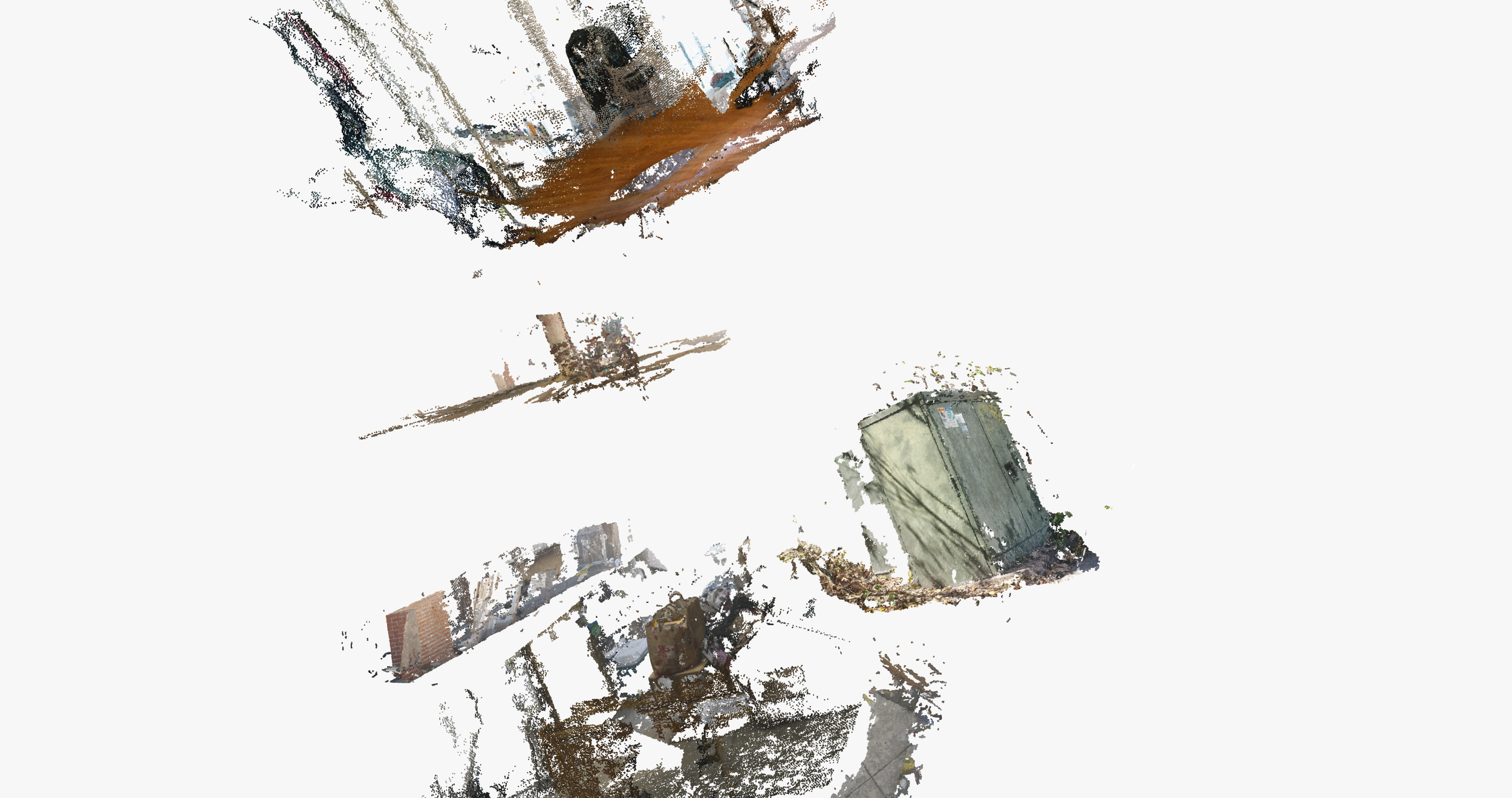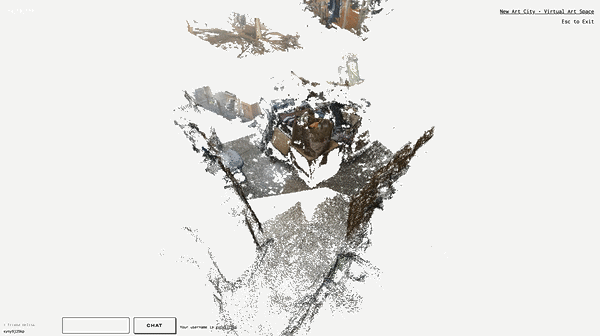
detritus
Waste is defined as unwanted and unusable objects. The litter, the garbage, and any objects that live in our environment. We are trained to ignore them. The old chips from 2008, my dad’s old PhD paperwork, the couch on Wilshire Blvd, and everything in the garage.
In our fast-paced world, we rarely consider the waste we consume and produce. It seems to disappear, but it doesn't. It stays on our planet forever. Detritus is a dimension solely for the objects that have no use to us.


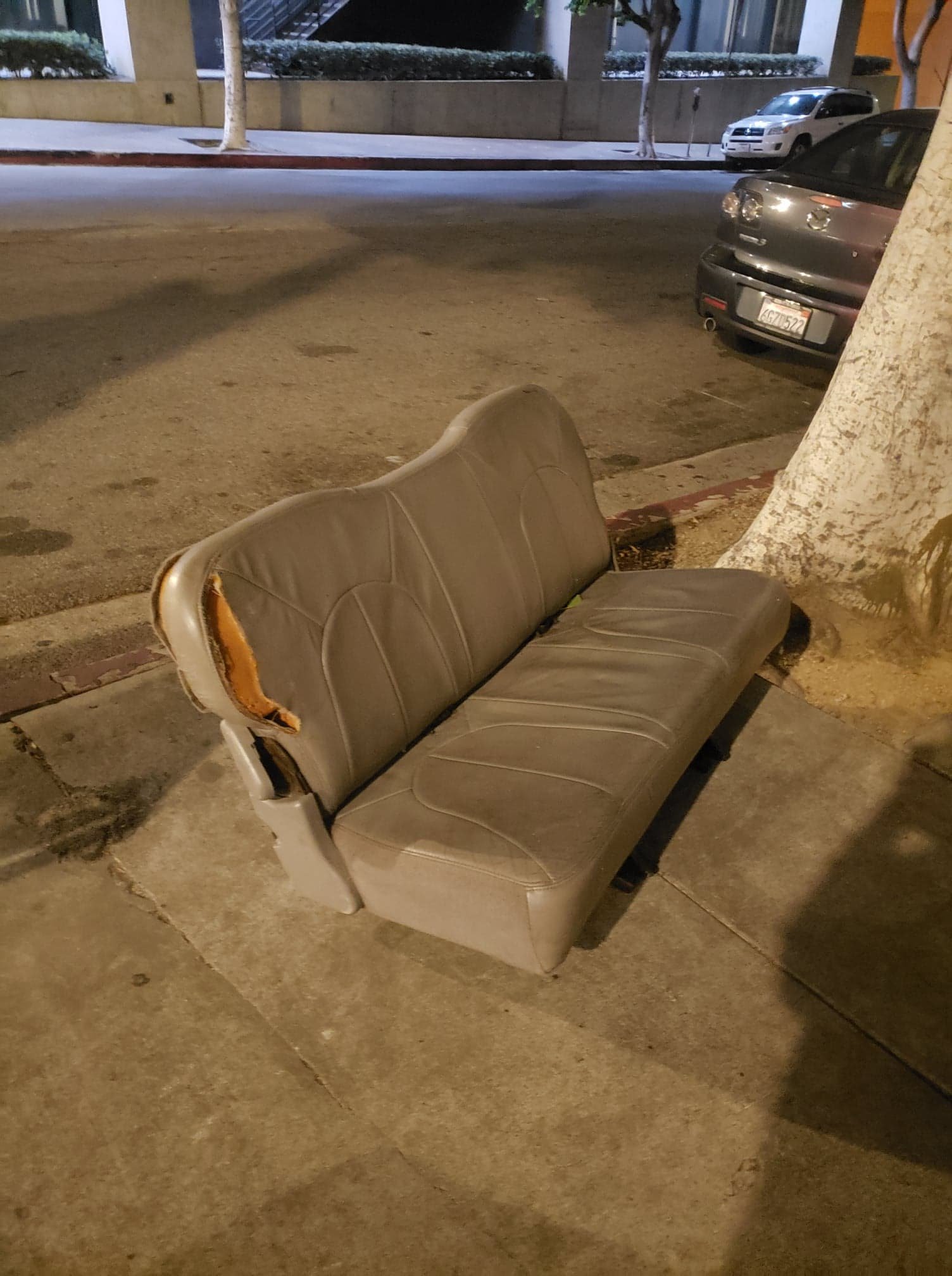

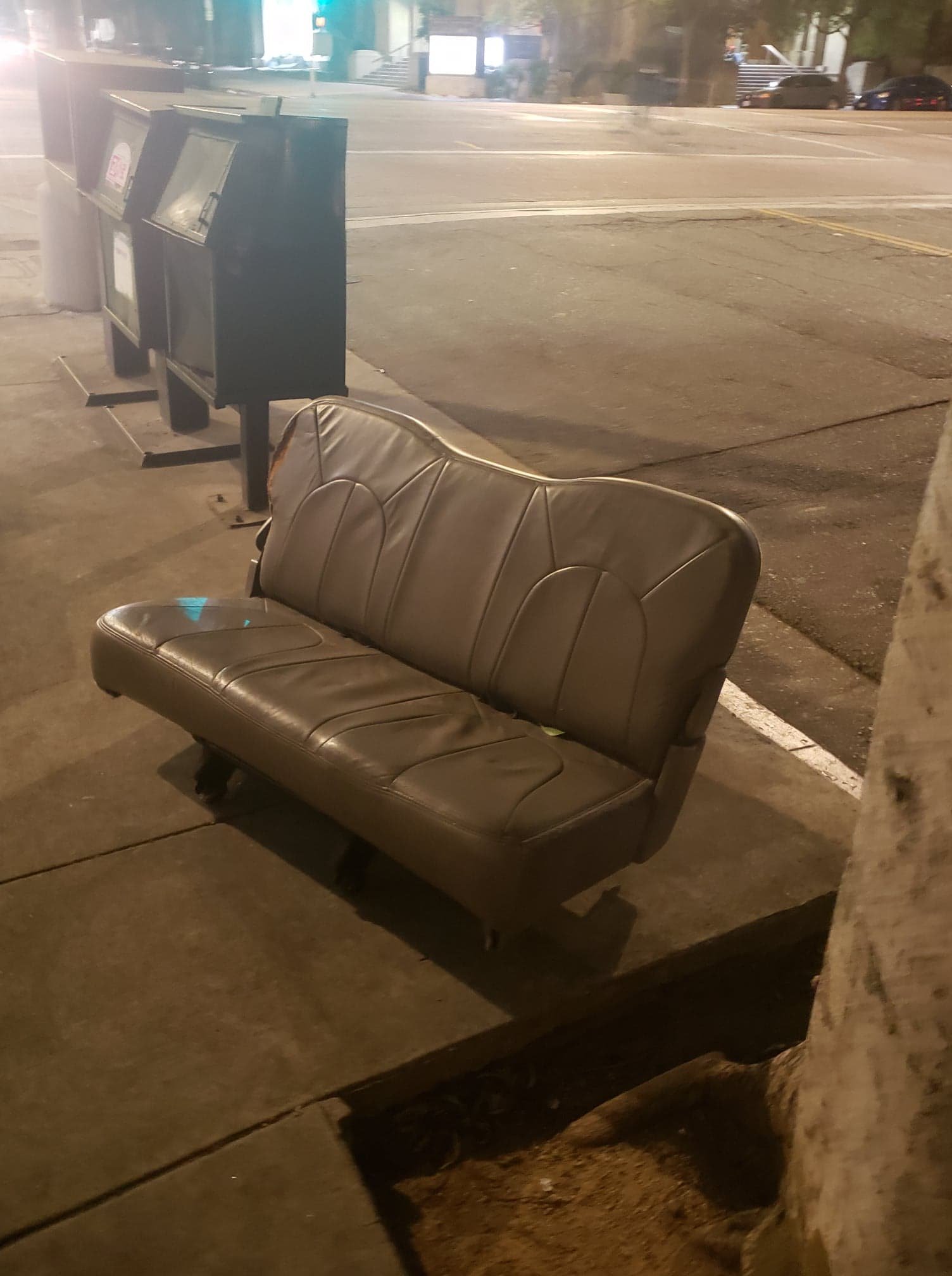
I saw this leather couch in Koreatown, LA, and began to think about objects considered waste. Things that we ignore, things that are often forgotten. All objects resided in California, mainly in San Jose and Los Angeles.
The first set of photos was captured on my phone with lower quality and low light, which allowed my point models to be quite sparse, giving it that ominous feeling.
For subsequent objects, I used a higher-quality camera and processed the images through Metashape to create detailed mesh and point models. I selectively manipulated these models, editing specific sections until they achieved my desired aesthetic. The final collection was arranged in New Art City, a virtual exhibition space designed to encourage visitors to explore these overlooked artifacts in a new context.
Electric Cabinet | Torre Ave.
I noticed that around most electric cabinets on the street, they plant greenery around them to cover the "non-aesthetic". This is behind my dentist's office in Cupertino. All the electricity and wires within this cabinet that power its surroundings are shut off from our view, hidden. While not “waste” in the traditional sense, these cabinets represent another category of objects concealed on purpose and forgotten within our landscape, revealing our preference to aesthetically sanitize the systems we depend upon.
Pantry | Harlan Dr.
On the bottom drawer of our pantry, flour, chips, and cookies just sit there. This is where we put all the flour bags to make roti. We try to seal them properly, but it never works perfectly. The flour bugs find their way in, breaking down what was once living grain into something else entirely, part of nature's endless cycle of decomposition. These forgotten pantry items reveal how even in our most controlled domestic spaces, natural processes of decay continue, reminding us that our attempts to preserve and contain organic matter are ultimately temporary.
Garage | Harlan Dr.
My family’s garage is not to be messed with. It’s filled with bags of clothes for donation, boxes of my parents’ PhD paperwork, cleaning supplies, suitcases, old cabinets not even used, more junk, board games untouched, an old couch, shoes, and a second fridge to store more food. Years of accumulated memories and forgotten intentions create a sanctuary of clutter that silently guards our family history.
Pink Palace bedroom | Gayley Ave
My lamp sculpture sits in my room covered with plastic covering and trash-bags to protect from the ants and dust. My roommate’s side maintains a constant order while my side often erupts in piles of clothes, notes, and half-filled mugs creating their own ecosystems The dichotomy of the room is never an issue, but rather a respectful acknowledgement of our differing rhythms with our belongings and the space we inhabit.

